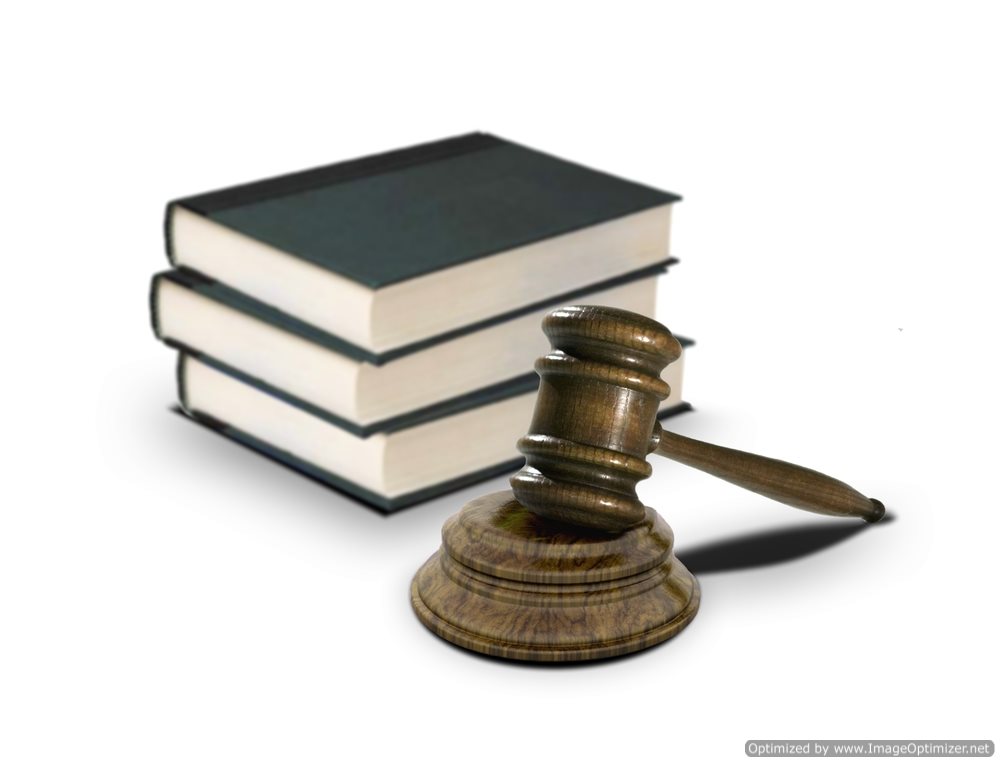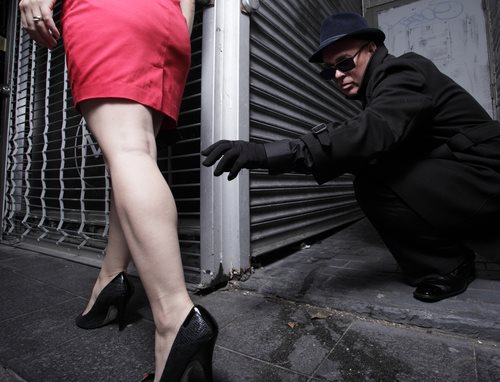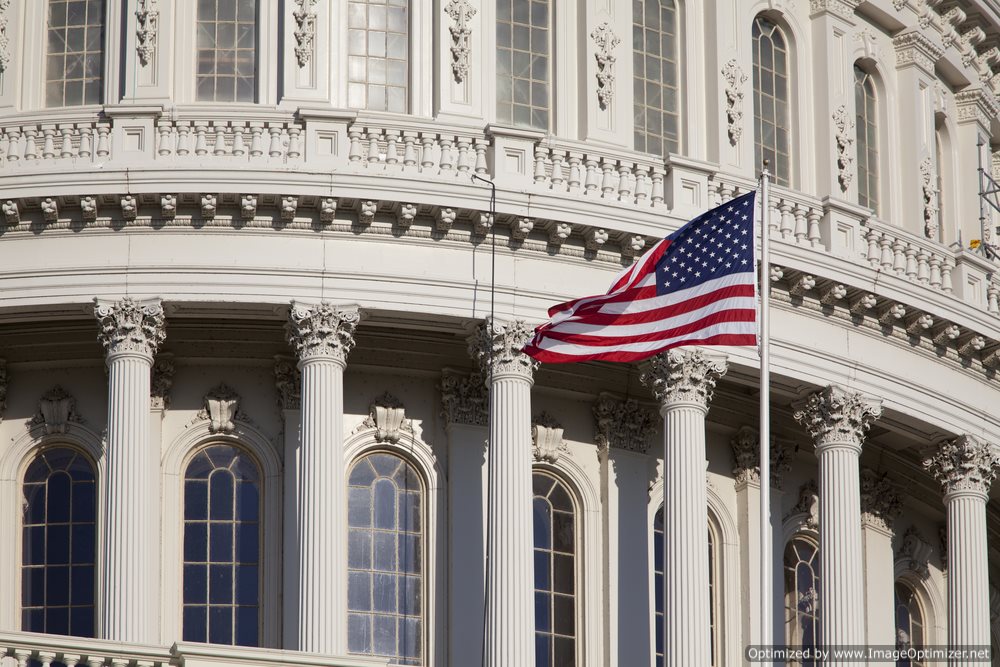Chimel v. California
 The Background of Chimel v. California (1969)
The Background of Chimel v. California (1969)
The case of Chimel v. California involved the analysis of measures undertaken by law enforcement officers with regard to the arrest – and subsequent conviction – of Ted Chimel, resulting from a suspicion that he had burglarized a commercial establishment selling coins and valuables. The arresting officers arrived at Chimel’s house and presented his wife with an arrest warrant for her husband; the officers remained in the house until Chimel arrived – upon his return, they presented him with the arrest warrant, inquiring Chimel’s permission to search his home. However, after coercion, the police performed a search of the Chimel household under the supervision of Chimel’s wife:
The officers found coins and other valuable presumably to have resulted from Chimel’s alleged robbery; Chimel was arrested and his coins were taken from him
Prior to his Supreme Court hearing in which he disputed the right of the officers to search his home due to the fact that neither a search warrant nor probable cause was apparent, the California Court of Appeals denied Chimel’s appeal on the grounds that presumed probable cause existed
The Case Profile of Chimel v. California
The following is a case profile of the legal trial eponymously titled ‘Chimel v. California’:
Date of the Trial: March 27th, 1969
Legal Classification: Administrative Law; this legal field regulates ‘due process’, which is defined as the government’s obligation to respect, maintain, and uphold the legal rights of its citizens in the event of an arrest. Both the Federal and State government must preserve and protect an individual’s human rights and liberties; this includes fair, respectful, and ethical treatment devoid of undue violence and harm
Accused Criminal Activity: The following criminal activity and charges were cited by Ted Chimel against the State of California within the appeal brought forth subsequent to the initial ruling:
Chimel noted that although the officers had an arrest warrant, they were not in possession of a search warrant; as a result, Chimel denied the officers permission to search his home – he claimed that both his 4th and 14th Amendment Rights had been violated
United States Reports Case Number: 395 U.S. 752
Date of the Delivery of the Verdict: June 23rd, 1969
Legal Venue of Chimel v. California: The Supreme Court of the United States
Judicial Officer Responsible for Ruling: Chief Justice Earl Warren
Involved Parties: The following are the parties named with regard to their involvement in the Chimel v. California case:
Ted Chimel; Plaintiff – Chimel v. California
The State of California; Defendant – Chimel v. California
Verdict Delivered: The Supreme Court ruled in favor of Ted Chimel, claiming that the police did not have probable cause to search the Chimel household; this ruling added that not only did the police violate due process, but they also had undertaken biased proceedings with regard to Chimel’s alleged guilt – they had acted as though Chimel were guilty of the crime for which he was suspected
Associated Legislation with regard to Chimel v. California: The following statutory regulations were employed with regard to the Chimel v. California trial:
The 4th Amendment prohibits the unlawful search and seizure of resident belonging to citizens of the United States of America; this amendment also defines the rights of privacy awarded to citizens of the United States
The 14th Amendment illustrates legislation that disallows the government from infringing on the right(s) to pursue ‘Life, Liberty, and the Pursuit of Happiness’ with regard to any and all citizens of the United States of America – this statute is applicable to all measures of gender, race, religion, and age




 Who is Richard Ramirez?
Who is Richard Ramirez? Al Capone Biography: Background on Al Capone
Al Capone Biography: Background on Al Capone


















